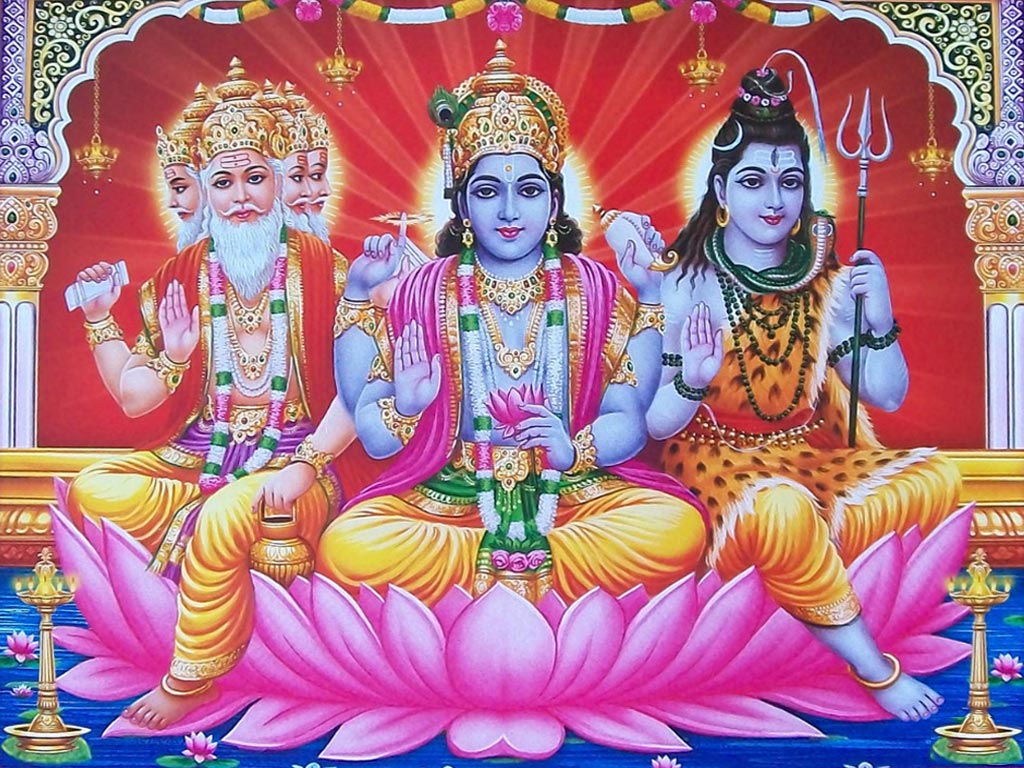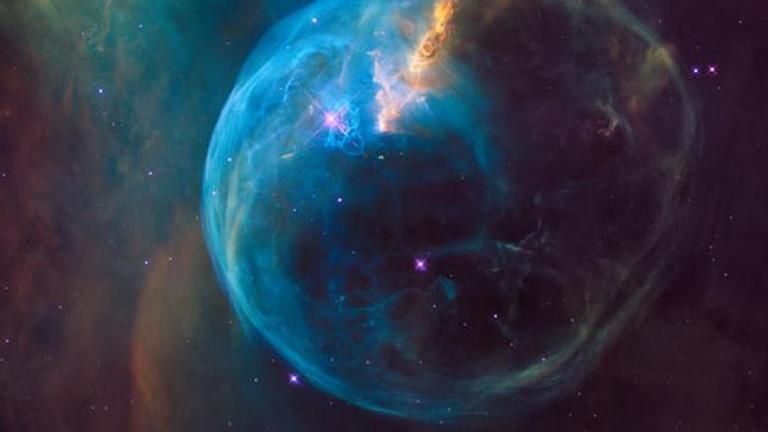prasad1
Active member
In terms of narrative time, the action of the Ramayana predates the Mahabharata. However, the general cultural background of the Ramayana is one of the post-urbanization periods of the eastern part of north India, while the Mahabharata reflects the Kuru areas west of this, from the Rigvedic to the late Vedic period.
By tradition, the text belongs to the Treta Yuga, second of the four eons (yuga) of Hindu chronology. Rama is said to have been born in the Treta Yuga (869,000 years ago) to King Dasharatha in the Ikshvaku dynasty.
The names of the characters (Rama, Sita, Dasharatha, Janaka, Vashista, Vishwamitra) are all known only in the late Vedic literature. For instance, a king named Janaka appears in a lengthy dialogue in the Brihadaranyaka Upanishad with no reference to Rama or the Ramayana. However, nowhere in the surviving Vedic poetry is there a story similar to the Ramayana of Valmiki. According to the modern academic view, Vishnu, who, according to Bala Kanda, was incarnated as Rama, first came into prominence with the epics themselves and further, during the Puranic period of the later 1st millennium CE. Also, in the epic Mahabharata, there is a version of the Ramayana known as Ramopakhyana. This version is depicted as a narration to Yudhishthira.
So the oldest date of Rama is about 869,000 years ago. (that is stretching the truth).
Geologically, the Indian subcontinent was first a part of a largely oceanic Greater India Basin, a region of Gondwana that drifted away from East Africa about 160 million years ago, around the Middle Jurassic period. The region experienced high volcanic activity and plate subdivisions, creating Madagascar, Seychelles, Antarctica, Australasia, and the Indian subcontinent basin. The Indian subcontinent drifted northeastwards, colliding with the Eurasian plate nearly 55 million years ago, towards the end of Paleocene. The zone where the Eurasian and Indian subcontinent plates meet remains geologically active, prone to major earthquakes.
Physiographically, it is a peninsular region in south-central Asia delineated by the Himalayas in the north, the Hindu Kush in the west, and the Arakanese in the east. It extends southward into the Indian Ocean with the Arabian Sea to the southwest and the Bay of Bengal to the southeast. Most of this region rests on the Indian Plate and is isolated from the rest of Asia by large mountain barriers.

 en.wikipedia.org
en.wikipedia.org
The supposition in the post

 www.tamilbrahmins.com
www.tamilbrahmins.com
is not right.
I just want to set the record straight.
The Indian sub-continent was formed 55 million years ago.
Rama may have been born 869,000 years ago. But this can not be right if the fossil evidence is to believe.
If Humans did not arrive till about 300,000 years ago, how can Rama be older than that?
Homo sapiens (sometimes also known as "modern humans") are thought to have diverged in Africa from an earlier hominin around 300,000 years ago, with the earliest fossil evidence of Homo sapiens also appearing around 300,000 years ago in Africa.
The peopling of India refers to the migration of Homo sapiens into the Indian subcontinent. Anatomically modern humans settled India in multiple waves of early migrations, over tens of millennia. The first migrants came with the Coastal Migration/ Southern Dispersal 65,000 years ago, whereafter complex migrations within the south and southeast Asia took place. West Eurasian hunter-gatherers migrated to South Asia after the latest Ice Age, but before the onset of farming. Together with a minor number of ancient South Asian hunter-gatherers, they formed the population of the Indus Valley Civilisation (IVC).
By tradition, the text belongs to the Treta Yuga, second of the four eons (yuga) of Hindu chronology. Rama is said to have been born in the Treta Yuga (869,000 years ago) to King Dasharatha in the Ikshvaku dynasty.
The names of the characters (Rama, Sita, Dasharatha, Janaka, Vashista, Vishwamitra) are all known only in the late Vedic literature. For instance, a king named Janaka appears in a lengthy dialogue in the Brihadaranyaka Upanishad with no reference to Rama or the Ramayana. However, nowhere in the surviving Vedic poetry is there a story similar to the Ramayana of Valmiki. According to the modern academic view, Vishnu, who, according to Bala Kanda, was incarnated as Rama, first came into prominence with the epics themselves and further, during the Puranic period of the later 1st millennium CE. Also, in the epic Mahabharata, there is a version of the Ramayana known as Ramopakhyana. This version is depicted as a narration to Yudhishthira.
So the oldest date of Rama is about 869,000 years ago. (that is stretching the truth).
Geologically, the Indian subcontinent was first a part of a largely oceanic Greater India Basin, a region of Gondwana that drifted away from East Africa about 160 million years ago, around the Middle Jurassic period. The region experienced high volcanic activity and plate subdivisions, creating Madagascar, Seychelles, Antarctica, Australasia, and the Indian subcontinent basin. The Indian subcontinent drifted northeastwards, colliding with the Eurasian plate nearly 55 million years ago, towards the end of Paleocene. The zone where the Eurasian and Indian subcontinent plates meet remains geologically active, prone to major earthquakes.
Physiographically, it is a peninsular region in south-central Asia delineated by the Himalayas in the north, the Hindu Kush in the west, and the Arakanese in the east. It extends southward into the Indian Ocean with the Arabian Sea to the southwest and the Bay of Bengal to the southeast. Most of this region rests on the Indian Plate and is isolated from the rest of Asia by large mountain barriers.

Wikipedia, the free encyclopedia
The supposition in the post

IIT Kanpur website on Vedas, Shastras etc.
*IIT Kanpur has develped a website on our treasures of Vedas, Shahstras etc.* Finally someone from today's science & technology field, is pursuing this seriously in india. *Check it out:* https://www.gitasupersite.iitk.ac.in/ No issue of language as IITK smartly put each Shloka in various...
is not right.
I just want to set the record straight.
The Indian sub-continent was formed 55 million years ago.
Rama may have been born 869,000 years ago. But this can not be right if the fossil evidence is to believe.
If Humans did not arrive till about 300,000 years ago, how can Rama be older than that?
Homo sapiens (sometimes also known as "modern humans") are thought to have diverged in Africa from an earlier hominin around 300,000 years ago, with the earliest fossil evidence of Homo sapiens also appearing around 300,000 years ago in Africa.
The peopling of India refers to the migration of Homo sapiens into the Indian subcontinent. Anatomically modern humans settled India in multiple waves of early migrations, over tens of millennia. The first migrants came with the Coastal Migration/ Southern Dispersal 65,000 years ago, whereafter complex migrations within the south and southeast Asia took place. West Eurasian hunter-gatherers migrated to South Asia after the latest Ice Age, but before the onset of farming. Together with a minor number of ancient South Asian hunter-gatherers, they formed the population of the Indus Valley Civilisation (IVC).




